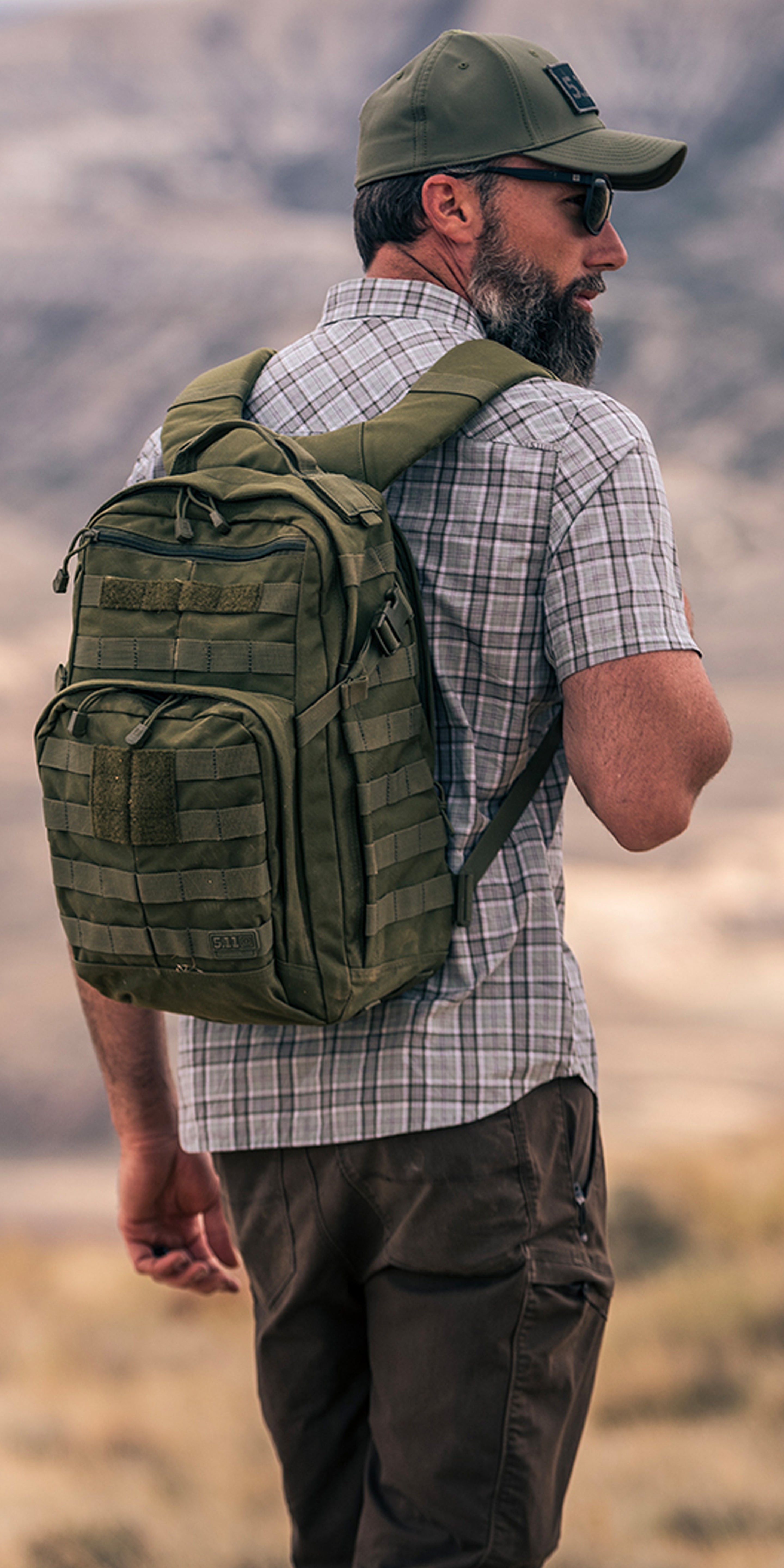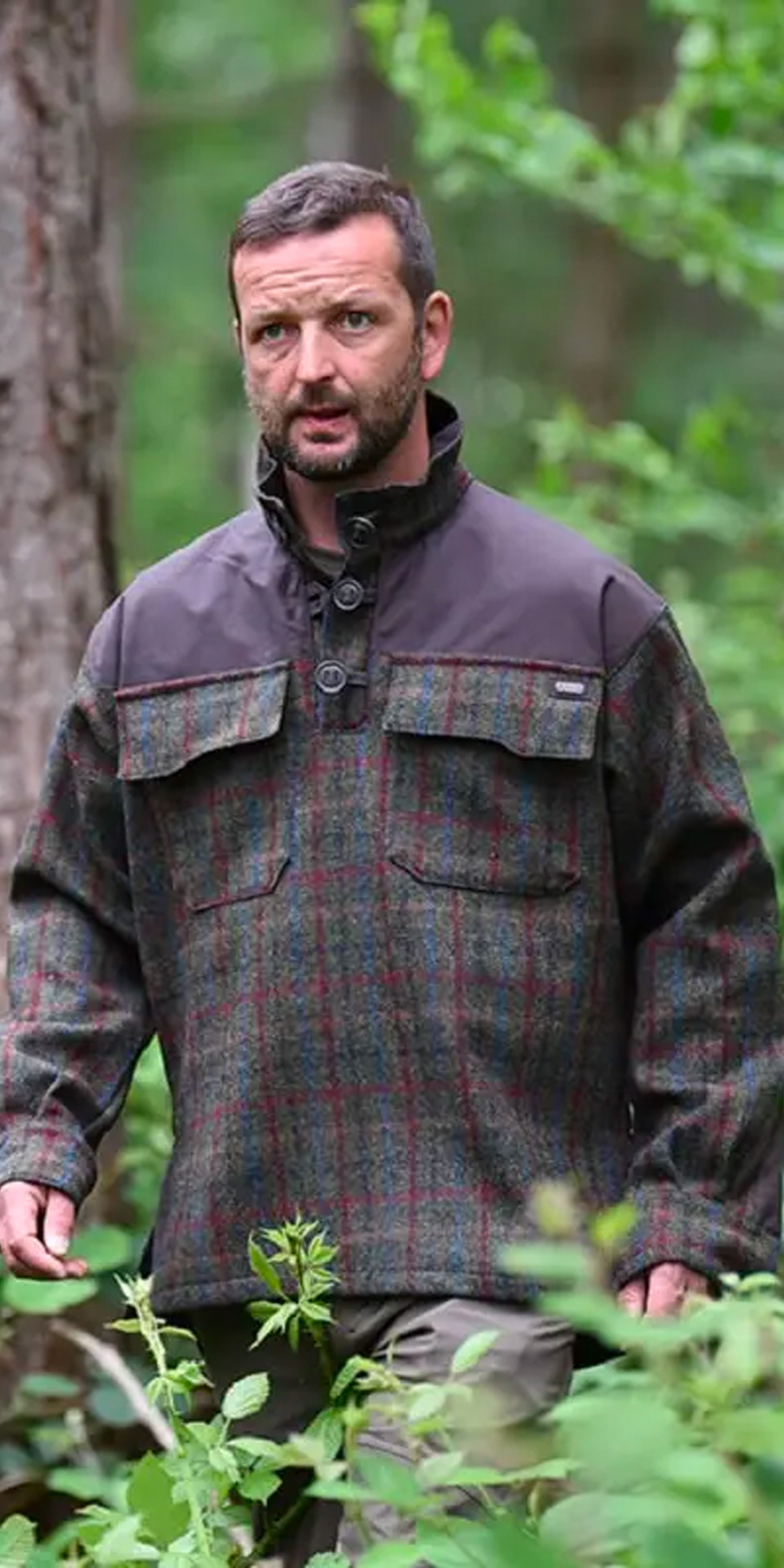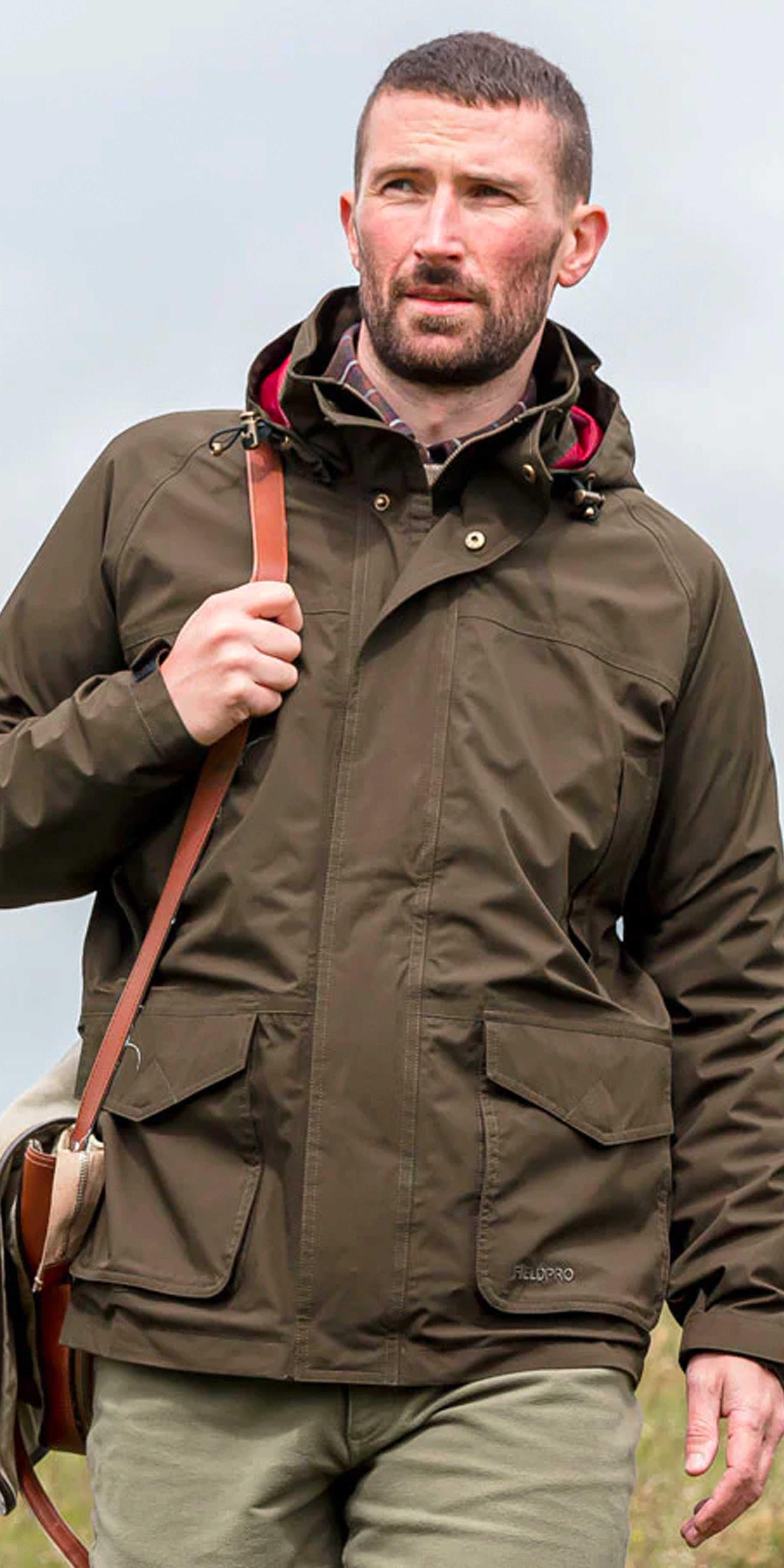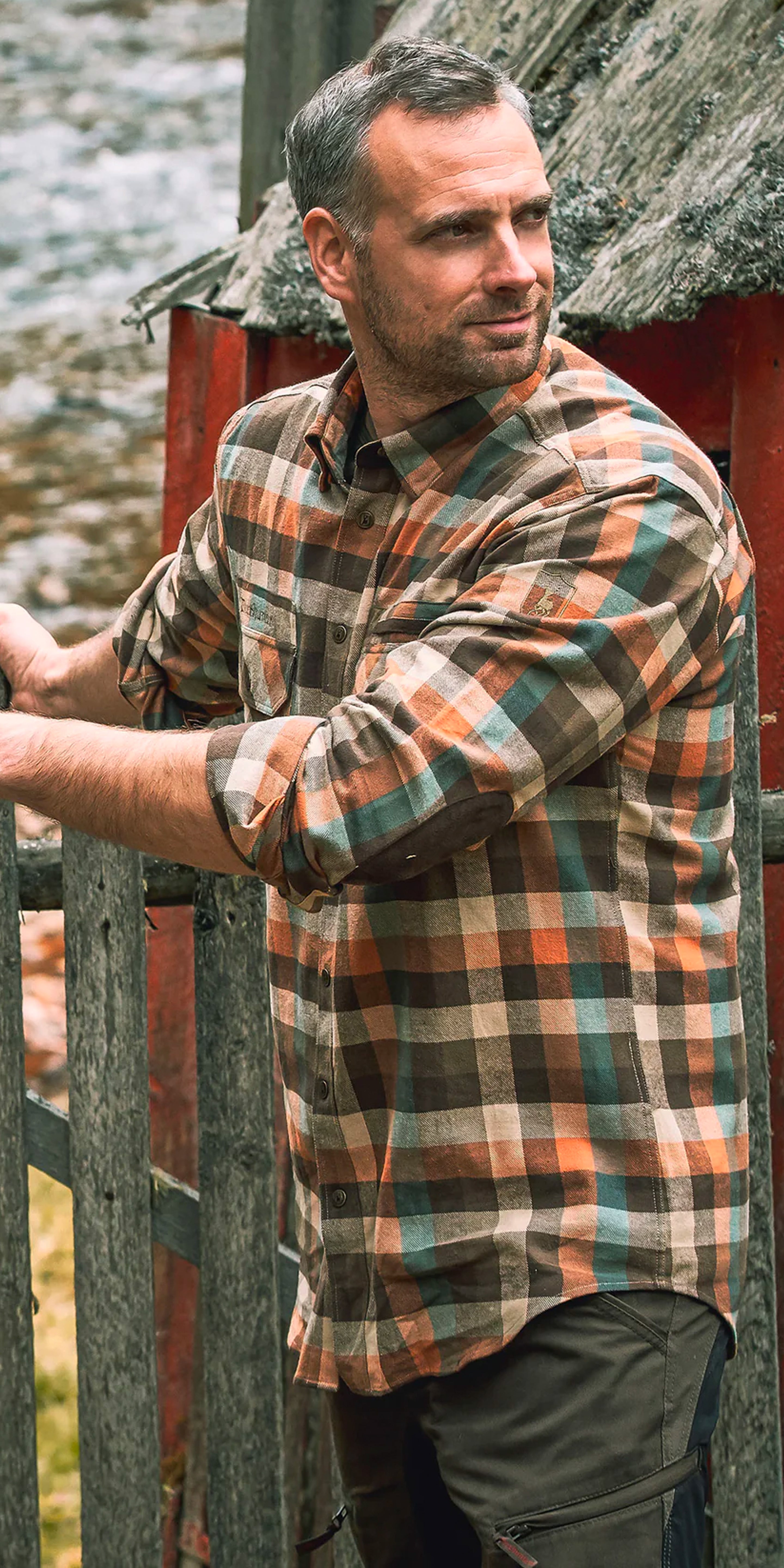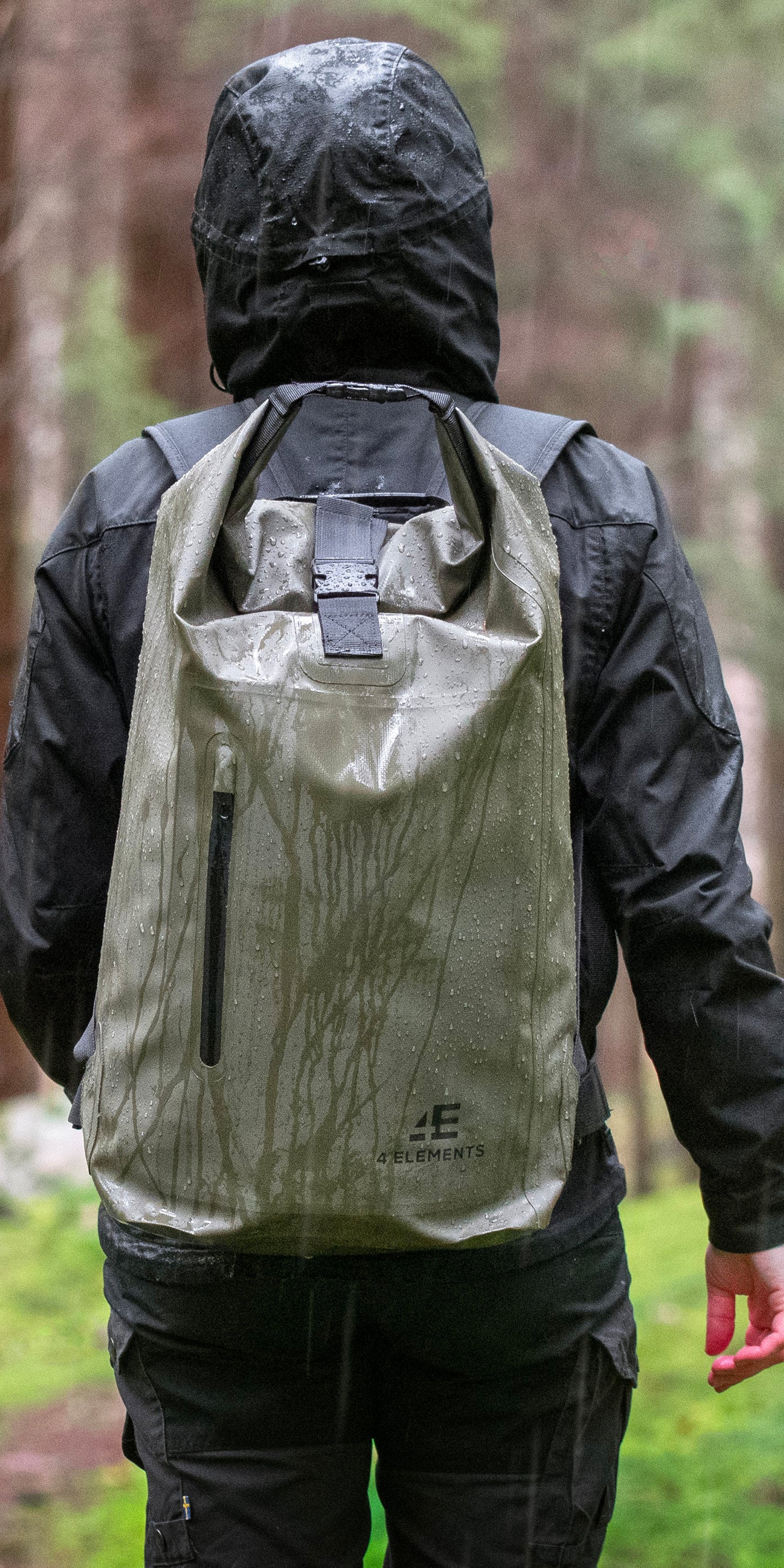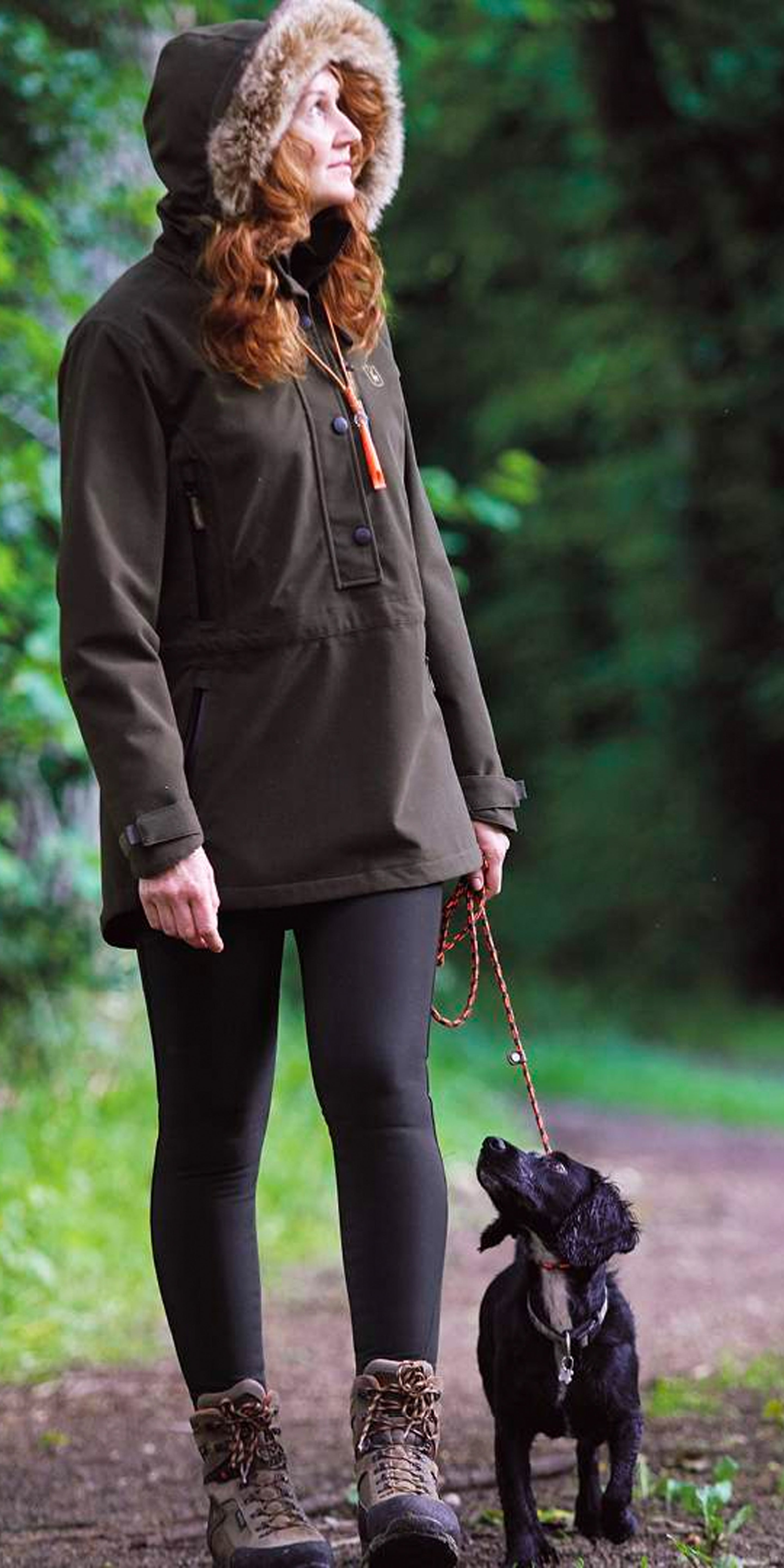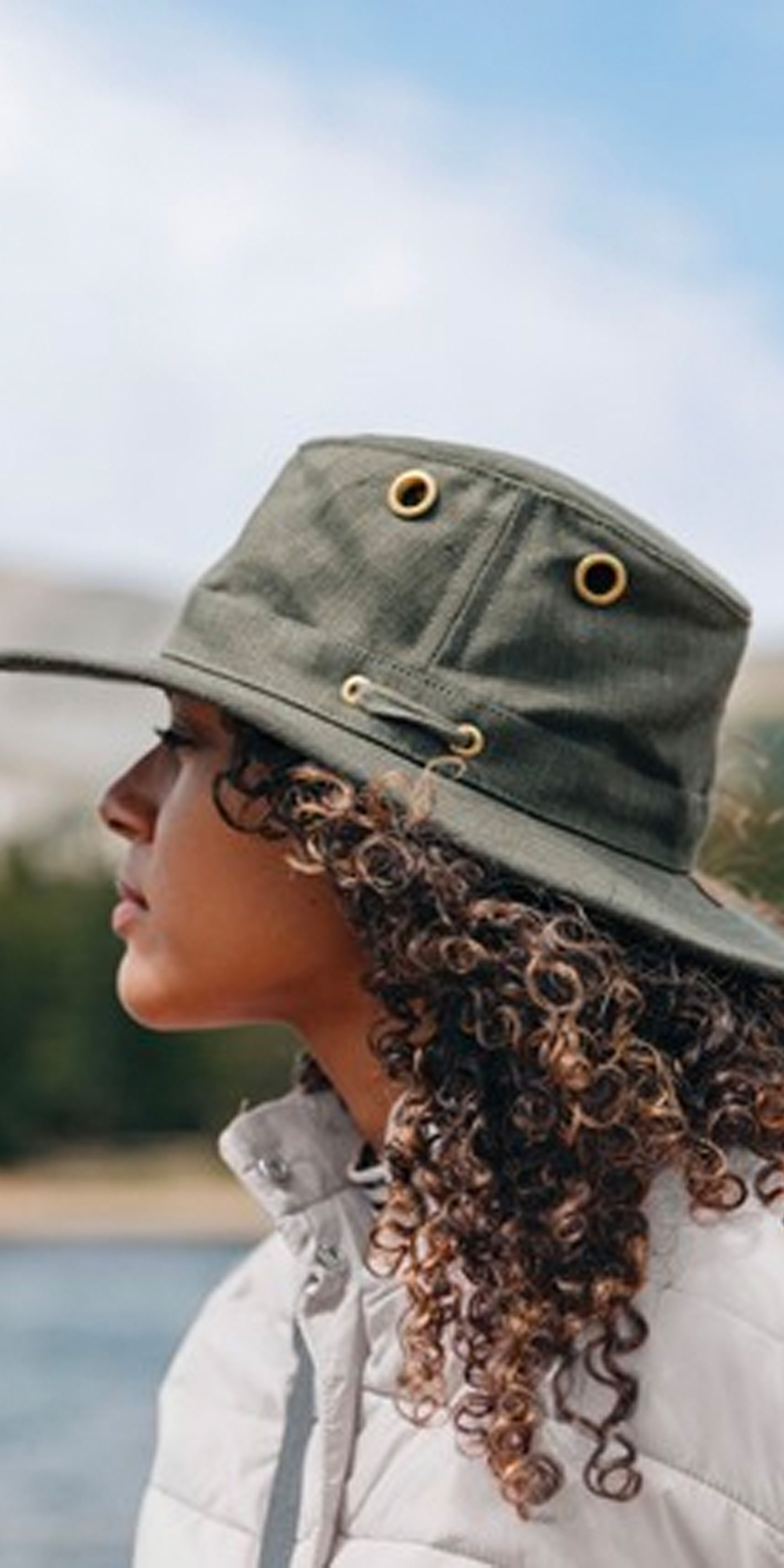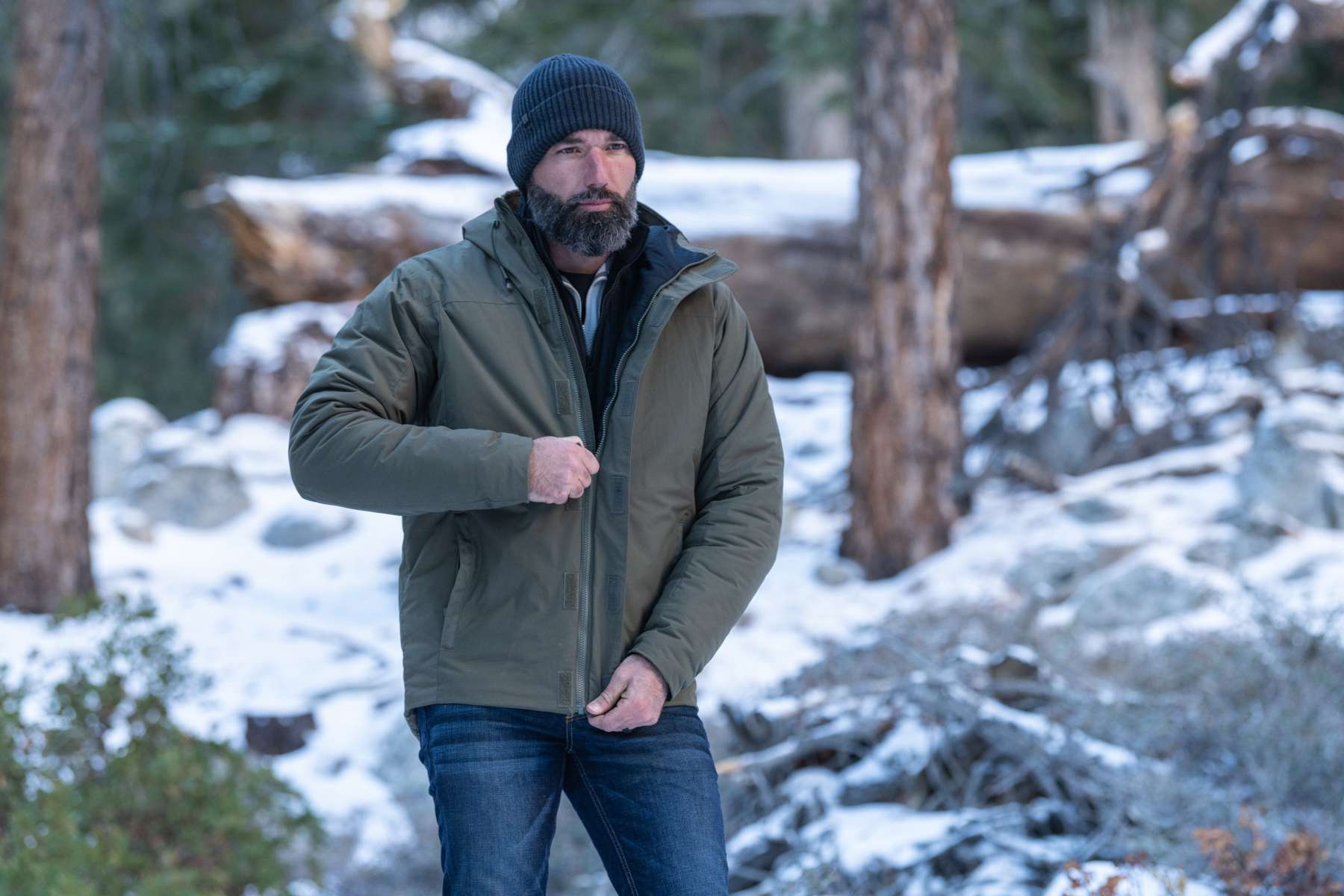Mastering the Art of Layering: A Guide to Staying Warm and Stylish
When it comes to dressing for colder weather, layering is not just about staying warm—it's an art form that balances function and fashion. Whether you’re preparing for a brisk autumn day, a snowy winter outing, or a chilly spring morning, layering the right way can make a world of difference. Here’s how to master the technique of layering clothing to keep you cozy without compromising on style.
1. Start with a Base Layer: Function Meets Comfort
The base layer is your first line of defence against the cold. Its main purpose is to wick moisture away from your skin, helping regulate your body temperature. A light, breathable material such as merino wool or synthetic fibres works well. This layer should fit snugly to your body but still allow for easy movement. Not only does it provide warmth, but it also helps keep your skin dry if you start to sweat.
Pro Tip: Opt for long-sleeved tops and leggings or tights to ensure your entire body stays insulated. This creates the perfect foundation for the rest of your outfit.
2. The Mid-Layer: Insulation is Key
Next comes the mid-layer, which is all about insulation. This is where you can play with different textures and fabrics. Fleece, down, and wool are great insulating materials that trap heat and keep you warm. Unlike the base layer, the mid-layer can be bulkier but still comfortable, as its main role is to hold in the heat your body generates.
A zip-up fleece or a cozy sweater makes an excellent choice for this layer. You can even mix and match lighter or heavier mid-layers depending on the temperature.
Pro Tip: If you're going for a casual look, think about incorporating stylish knits or textured fabrics that add personality to your outfit without sacrificing warmth.
3. Top Layer: Weather Protection
Your outer layer is your shield from the elements. Whether it's wind, rain, or snow, this layer needs to provide protection while still allowing your body to breathe. Choose a jacket or coat that’s both weather-resistant and breathable. The outer layer also gives you a chance to express your personal style. From long trench coats to rugged parkas, this layer is where you can truly showcase your fashion sense.
Pro Tip: Go for an adjustable outer layer that you can easily take off if it gets too warm. Layering is all about flexibility, and you want to be able to adapt as conditions change throughout the day.
4. Accessories: The Finishing Touch
Accessories are the unsung heroes of layering. Scarves, gloves, hats, and socks can make all the difference on colder days. Look for materials like wool or fleece that will offer added warmth without feeling heavy. These pieces are not just functional; they add a stylish flair to your look, giving you an opportunity to experiment with colors and patterns.
Pro Tip: Always keep an extra pair of gloves or a warm hat in your bag. Accessories are easy to switch out and can help you adjust to changing temperatures throughout the day.
5. Balance Warmth and Breathability
The key to effective layering is balancing warmth and breathability. While it's important to stay warm, overheating can make you feel just as uncomfortable as being too cold. Each layer should work together to manage your body heat, so opt for materials that complement each other.
Pro Tip: Pay attention to ventilation options, like zippers and button closures, on your mid and top layers. These can help regulate your body temperature as the day goes on.
6. Layer for Mobility
It’s essential that your layers don’t restrict movement, especially if you’re engaging in outdoor activities. The beauty of layering lies in its versatility. Each layer should be thin enough to allow freedom of movement but warm enough to insulate properly. Avoid bulky pieces that can make you feel weighed down. Instead, look for fabrics that offer stretch and flexibility.
Pro Tip: If you’re unsure about a piece, try wearing it while doing everyday tasks like walking or reaching. If it feels restrictive, it might not be the best option for layering.
7. Stylish Layering for Any Occasion
Layering doesn’t just apply to casual outdoor wear. With the right pieces, you can create a layered look for virtually any occasion, from a formal event to a day at the office. Try layering a light sweater over a collared shirt, paired with a tailored coat for a polished, professional ensemble. Alternatively, for more casual settings, mix and match textures like denim, knits, and flannels for a relaxed, yet stylish vibe.
Pro Tip: Experiment with different colors, patterns, and lengths to create depth and dimension in your outfit. Layering allows you to get creative, so don’t be afraid to take risks!
Conclusion: Layering for Warmth and Style
Layering is one of the most practical and stylish ways to dress for colder weather. By thoughtfully combining base, mid, and outer layers, you can stay warm and comfortable in any situation. Remember, layering is more than just throwing on clothes—it's about creating a cohesive look that works for both your style and the weather. So, next time the temperature drops, embrace the art of layering, and you’ll stay both warm and fashionable all season long.


